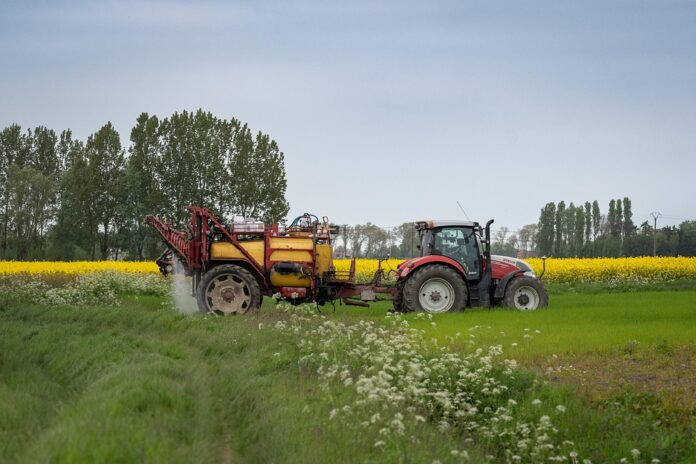Benefits of Conservation Tillage and Minimum Tillage Machinery
Conservation tillage and minimum tillage machinery are practices that have gained popularity in recent years due to their numerous benefits for farmers, the environment, and overall sustainability. In this report, we will explore the advantages of these practices, as well as the financial implications and industry insights associated with their adoption.
Increased Soil Health and Fertility
One of the primary benefits of conservation tillage and minimum tillage machinery is the improvement of soil health and fertility. By reducing the amount of disturbance to the soil, these practices help to maintain soil structure, reduce erosion, and promote the growth of beneficial microorganisms. This leads to healthier, more fertile soil that can support higher crop yields over time.
Water Conservation
Conservation tillage and minimum tillage machinery also help to conserve water by reducing the amount of moisture lost through evaporation. By leaving crop residues on the soil surface, these practices create a protective layer that helps to retain moisture and reduce the need for irrigation. This is particularly important in areas where water resources are limited or where drought conditions are common.
Reduced Fuel and Labor Costs
Another significant benefit of conservation tillage and minimum tillage machinery is the reduction in fuel and labor costs. Traditional tillage practices require multiple passes with heavy machinery, which can be both time-consuming and expensive. By minimizing tillage and using specialized equipment designed for conservation practices, farmers can save on fuel costs and reduce the amount of labor required to prepare their fields.
Environmental Benefits
In addition to the benefits for soil health and water conservation, conservation tillage and minimum tillage machinery offer a range of environmental benefits. By reducing soil erosion, these practices help to protect water quality by preventing sediment runoff into rivers and streams. They also help to sequester carbon in the soil, reducing greenhouse gas emissions and mitigating climate change.
Financial Implications
The adoption of conservation tillage and minimum tillage machinery can have significant financial implications for farmers. While there may be initial costs associated with purchasing new equipment or making changes to existing practices, the long-term savings on fuel and labor costs can more than offset these expenses. In addition, higher crop yields and improved soil health can lead to increased profits for farmers over time.
Industry Insights
The market for conservation tillage and minimum tillage machinery is growing rapidly, driven by increasing awareness of the benefits of these practices among farmers and policymakers. Companies that specialize in manufacturing equipment for conservation tillage, such as John Deere and Case IH, are seeing strong demand for their products as more farmers make the switch to sustainable farming practices. This trend is expected to continue as sustainability becomes an increasingly important consideration in agriculture.
Overall, conservation tillage and minimum tillage machinery offer a range of benefits for farmers, the environment, and the agricultural industry as a whole. By improving soil health, conserving water, reducing costs, and promoting sustainability, these practices are helping to shape the future of farming for the better.




